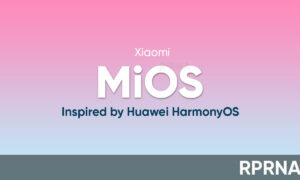The latest report reveals that Huawei HiSilicon Kirin chipsets have recorded a performance growth by nearly 2100% in the past 7 years. The company has updated its 8th generation core to stand along with Qualcomm’s 8-series chipsets.
HiSilicon has released Kirin 910 chip in 2014 based on the 28nm HPM packaging process. But this SoC wasn’t able to provide performance as good as Snapdragon 810 chip at the same time.
Join us on Telegram
The continuous research and development on the Kirin chipsets over these past seven years have made some drastic changes in the performance. These Kirin chipsets have now finally achieved the level of the Snapdragon chipsets as the company has moved from Kirin 910 to Kirin 9000.

Though Qualcomm still has its own advantage while the Kirin chipsets are not weaker than Snapdragon 888 in some scenarios. As per the GFXBench Manhattan 3.0 running score, Kirin SoCs have recorded a performance improvement of about 2100% between 2014 to 2020 in comparison with Apple and Qualcomm.
The chipsets have come a long way, this can be known from the changes we have seen in these recent years. For once, the processors were made on 28nm process and now the developments are being done for 3nm.

Huawei has released several chipsets in these couple of years in its high-end flagship range, these SoCs include Kirin 9000 chips, Kirin 990 5G, Kirin 990, etc. The Kirin chipsets are leading mobile chipsets based HiSilicon’s advanced production technology, integrating AP Modems and bringing excellent performance and energy efficiency.
Moreover, Huawei is continuously working on research and development to improve its processors. The company has made several investments to do so. Though it remains to be seen as what it brings in order to compete against the major chip makers such as Samsung, TSMC, Qualcomm, and MediaTek.
(Via)














